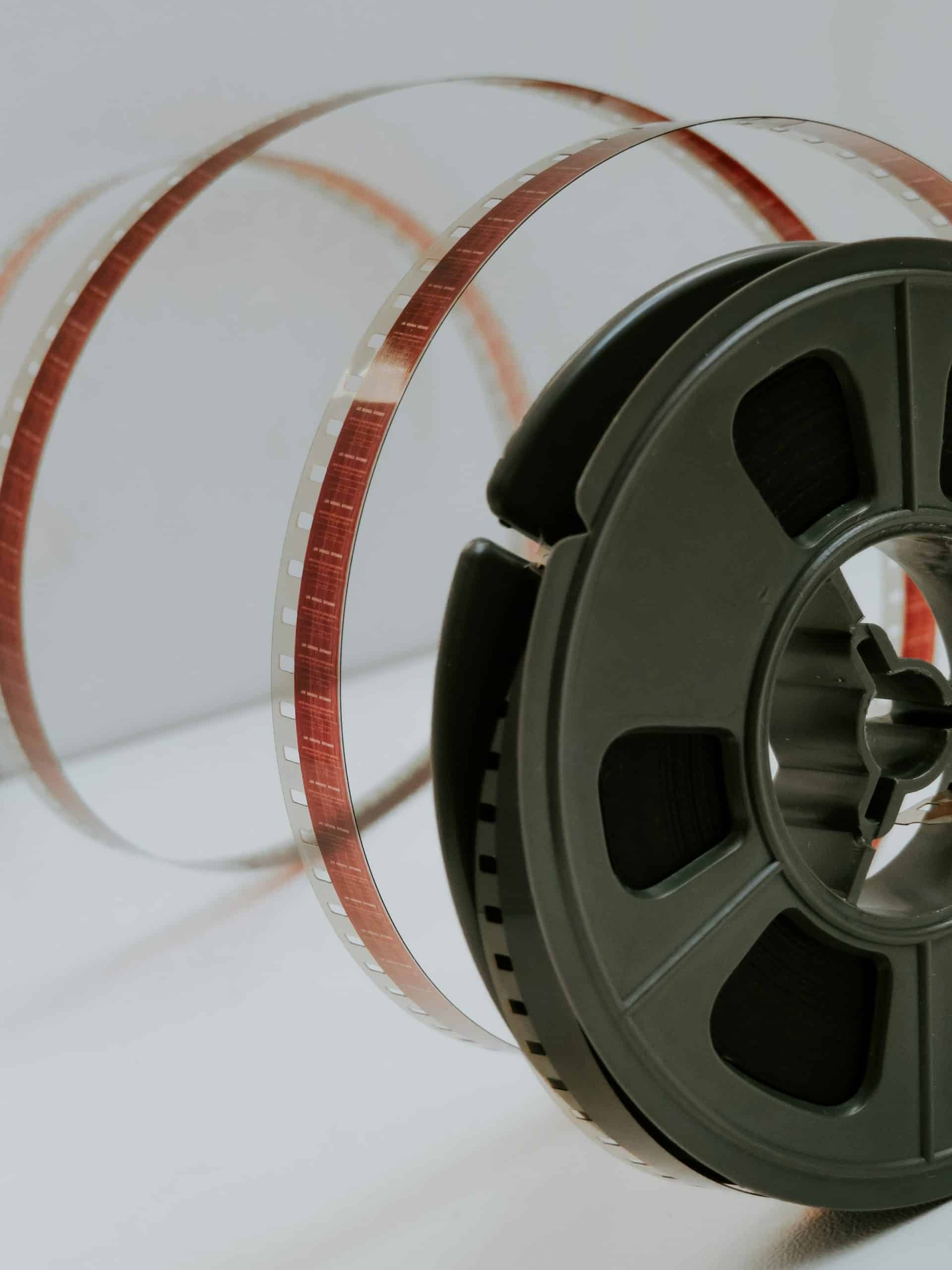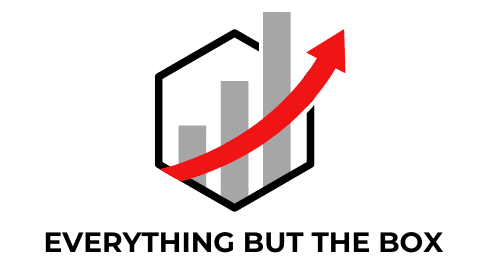What Are the Best Cool-Down Exercises for Hockey Players After On-Ice Training?

Hot breathes puffing out in the frigid air, the crunch of skate blades on ice, the sheer exertion of the game… these are the signs of a hard-fought hockey match or an intense on-ice training session. But what happens after the players take off their skates and head to the locker room? The cool-down period following a workout is just as important as the training itself. Hockey players must give their bodies time to rest, recover, and rebuild strength. Let’s discover some of the best cool-down exercises for hockey players after training.
The Importance of a Thorough Cool-Down
A cool-down after an intense training session on the ice is not a mere afterthought; it is an essential part of the workout regimen. Cooling down helps lower the heart rate gradually, reduces muscle stiffness, and aids in the removal of lactic acid, which accumulates during strenuous exercise. Let’s delve into some helpful cool-down exercises that hockey players can incorporate into their post-training routine.
Also to see : How Can Exergaming Be Incorporated into Fitness Programs for Young Athletes?
Stretching: The Key to Muscle Recovery
Stretching is a fundamental part of any cool-down. After a gruelling hockey game or workout, your muscles contract and can become stiff. Stretching helps to lengthen the muscles, increase flexibility, and reduce the risk of injury.
It’s especially important to focus on the lower body. Quadriceps, hamstrings, and calf muscles bear the brunt of the strain during a hockey match. Incorporate stretches such as the standing quad stretch, the seated hamstring stretch, and the calf stretch into your cool-down routine. For each stretch, hold the position for about 30 seconds, ensuring not to bounce or force the stretch.
In the same genre : What Are the Techniques for Precision Passing in Elite Rugby Union Scrum Halves?
Strength Recovery: Lower Body Focus
Hockey players know that lower body strength is paramount for performance on the ice. A well-planned cool-down can aid in recovering this strength. Simple exercises like slow, controlled squats or lunges can be immensely beneficial. Aim for two sets of ten for each exercise, with adequate rest in between sets.
Another effective method is foam rolling, which can aid in relieving muscle tension and speeding up recovery. Pay special attention to your thighs, glutes, and calves. Spend at least one minute on each area, rolling slowly and pausing on any particularly tender spots.
Breathing and Relaxation Techniques
While it’s easy to focus solely on the physical aspects of a cool-down, remember that mental recovery is just as important. After the adrenaline rush of a hockey game or intense training, you need to help your brain wind down as well.
Deep breathing exercises can help to lower your heart rate and provide a calming effect. A simple technique is the ‘4-7-8’ method: breathe in for four counts, hold the breath for seven counts, and exhale for eight counts. Repeat this cycle four times.
In addition to breathing exercises, incorporate a few minutes of quiet relaxation or meditation into your cool-down. This can help to clear your thoughts, reduce stress, and improve focus for the next game or training session.
Hydration and Nutrition: Essential Aspects of Recovery
Your cool-down routine should not neglect your nutritional needs. Ensuring that you rehydrate and refuel your body after a training is crucial for recovery.
Make sure to drink plenty of water to rehydrate after sweating on the ice. Sports drinks can also be useful to replenish electrolytes lost during exercise.
In terms of food, aim for a balanced mix of carbohydrates and protein to replenish energy reserves and repair muscle tissue. Ideal post-workout meals might include a chicken and rice bowl, a protein shake with a piece of fruit, or a tuna sandwich on whole grain bread.
Rest: The Final Element of Recovery
After stretching, strength recovery exercises, breathing techniques, and proper nutrition, there’s one final element to an effective cool-down: rest. Your body needs time to repair and rebuild after the intensity of a hockey game or training session.
Ensure that you’re getting adequate sleep each night. This is the time when your body does most of its muscle repair and growth. Additionally, take rest days in your training schedule seriously. Even if you’re eager to get back on the ice, giving your body time to rest and recover will ultimately make you a stronger, healthier player.
In conclusion, your cool-down routine after a hockey game or training session is not something to be overlooked. It’s an essential part of maintaining your health and performance on the ice. Incorporate stretching, strength recovery exercises, breathing techniques, proper nutrition, and rest into your routine. The time you invest in a thorough cool-down will pay off in your performance during your next workout or game.
Foam Rolling: A Secret Weapon for Range of Motion Improvement
Foam rolling is a secret weapon for many top athletes, and it’s especially valuable to hockey players during their cool-down routine. This form of self-massage, known as myofascial release, can help to relieve muscle tension and break down adhesions or knots in the muscle tissue.
The key areas for ice hockey players to focus on are the quads, hamstrings, glutes, and calves. These muscles undergo a great deal of strain during ice training, and foam rolling can help to increase range of motion and speed up recovery.
To perform foam rolling, you simply lay on the roller and use your body weight to apply pressure to sore or tight muscles. Roll slowly over the muscle, pausing for a few moments on any areas that feel particularly tender. The pressure helps to release tension and stimulate blood flow to the area, aiding in recovery. Aim to spend at least one minute on each muscle group, allowing the tension to release.
Dynamic Stretching: The Best Hockey Stretches for Active Recovery
In contrast to static stretching, dynamic stretching involves moving parts of your body through a full range of motion. This type of stretching is excellent for improving flexibility, enhancing circulation, and reducing muscle stiffness after hockey. It’s also an effective way to gradually lower the heart rate while keeping the blood flowing after a high-intensity workout.
Dynamic stretches hockey players might want to include in their cool-down routine are leg swings, hip circles, and arm rotations. Perform these exercises in a slow and controlled manner, to ensure you don’t overstrain the muscles. Aim for 10-15 reps for each stretch, with rest seconds between sets.
Remember, the goal here is not to push your body to its limits, but to help it gently recover from the exertion of the ice training.
Conclusion: The Essential Role of the Cool-Down
The cool-down phase after an intense session on the ice is more than just a way to catch your breath. It’s an opportunity to kick-start the recovery process, allowing you to maintain optimal performance and reduce the risk of injury. From dynamic stretching to foam rolling and breathing techniques, there are numerous activities hockey players can engage in post-workout that will help promote recovery and boost their performance.
Hydration and nutrition also play a pivotal role in your recovery. Be diligent about refuelling your body with balanced meals and keeping yourself hydrated after every training session. And don’t forget the importance of adequate rest. Sleep is essential to the body’s recovery process and should be prioritized just as much as your workouts.
Remember, a well-designed cool-down routine is just as important as a well-executed game or hardcore strength training. It’s about more than just doing the best hockey stretches. Incorporating a range of techniques and exercises into your cool-down will pay dividends in your next game or training session. So take off those skates, grab your water bottle, and give your body the attention it deserves after every ice training session. The time you invest in your cool-down is an investment in yourself and in your hockey future.
